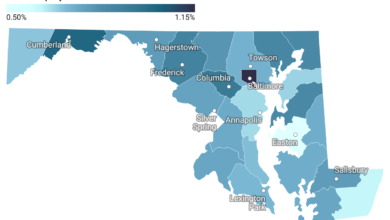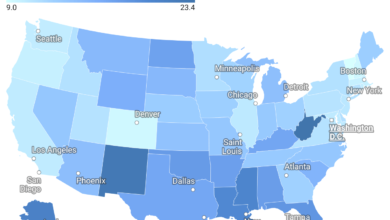Dentist Income and Real Spending Power in 30 Major U.S. Cities

Dentist salaries differ widely across U.S. cities. This analysis compares gross earnings, after-tax income, and real spending power, revealing where dentists keep and stretch more.
Dentists consistently rank among the highest-paid professionals in the United States, but their take-home pay and real purchasing power vary dramatically depending on where they practice. A dentist earning a strong salary in one city may find that local taxes and cost of living quickly eat into their income, while another dentist in a more affordable city can stretch their paycheck further.
This article compares gross income, after-tax income, and cost-of-living–adjusted spending power for dentists in 30 major U.S. cities. Gross income is based on average dentist earnings (using $180,000 as a baseline and adjusting by market), after-tax income reflects federal and state/local tax burdens, and real spending power adjusts income by the city’s relative cost of living.
Key Insights
- High-income but high-cost cities: Dentists in San Francisco, San Jose, New York, and Los Angeles report higher gross salaries, but state taxes and expensive housing costs erode their real spending power.
- Tax-friendly markets: Cities like Houston, Dallas, Miami, and Las Vegas benefit from states with no state income tax, meaning gross and after-tax incomes are the same.
- Lower cost of living advantage: Cities such as Houston, San Antonio, Jacksonville, and Memphis provide greater real spending power because the cost of living is below the national average. In some cases, dentists’ adjusted income actually appears higher than their after-tax pay, reflecting how far money stretches in affordable cities.
- Balanced metros: Chicago, Denver, and Charlotte offer middle-ground opportunities where incomes are solid, taxes are moderate, and cost of living is relatively reasonable.
Data Table: Dentist Earnings and Real Spending Power in 30 Major U.S. Cities
The following table compares gross income, after-tax income, and cost-of-living–adjusted spending power for dentists across major metropolitan areas:
Note: In states like Texas, Florida, and Nevada with no state income tax and a lower cost of living, dentists often enjoy real spending power above their after-tax pay. For example, in Houston, gross and after-tax income are both $189,000, but after adjusting for living costs, this income has the effective buying power of nearly $199,000 compared to the national average.
For dentists considering where to establish or expand their practice, these differences highlight the importance of looking beyond gross salary. Taxes, housing costs, and day-to-day expenses significantly impact real financial well-being. A dentist earning less on paper in a low-cost city may actually enjoy a higher quality of life than one earning more in a high-cost metro.




